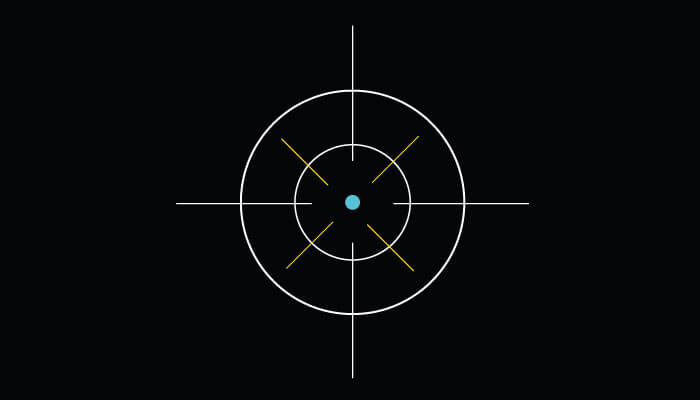Imaging technologies are invaluable in the operating theater. Modern approaches allow surgeons to visualize cancerous tissue in real time; a reassuring addition for those holding the scalpel. There is, however, room for improvement; low spatial resolution means that smaller metastatic lesions may go unnoticed.
Thomas Schnelldorfer and colleagues have developed a new protocol capable of classifying tissue biopsies with an accuracy of 97.5 percent by combining two-photon laser scanning microscopy with advanced imaging and statistical software (1). “We’ve demonstrated that we can identify specific cellular and tissue-level features at the microscopic level – distances as small as 1/100,000 the width of a human hair,” says Schnelldorfer.
Imaging technologies are invaluable in the operating theater. Modern approaches allow surgeons to visualize cancerous tissue in real time; a reassuring addition for those holding the scalpel. There is, however, room for improvement; low spatial resolution means that smaller metastatic lesions may go unnoticed.
Thomas Schnelldorfer and colleagues have developed a new protocol capable of classifying tissue biopsies with an accuracy of 97.5 percent by combining two-photon laser scanning microscopy with advanced imaging and statistical software (1). “We’ve demonstrated that we can identify specific cellular and tissue-level features at the microscopic level – distances as small as 1/100,000 the width of a human hair,” says Schnelldorfer.
But a small sample size – just 41 images – and numerous technical challenges mean the tool still has a way to go before it can be used on operating tables. “We need to evaluate a greater image sample from a more extended patient population,” says Schnelldorfer. “In parallel, we also need to determine how to miniaturize these microscope modalities and integrate them into surgical instrumentation and procedures.”
If the team is successful in these endeavors, the tool will give clinicians access to real-time information about the size and location of tumors with higher accuracy than ever before – an approach that will revolutionize the field, according to Schnelldorfer. “This method could profoundly augment sensitivity and specificity during operative determination of cancer metastasis,” he says. “Fundamentally, this could drastically improve how we treat patients suffering from a wide range of tumors by allowing surgeons to remove a far larger proportion of tumor mass.”

References
- D Pouli et al., “Two-photon images reveal unique texture features for label-free identification of ovarian cancer peritoneal metastasis”, Biomed Opt Express, 9, 4479 (2019). DOI: 10.1364/BOE.10.004479




